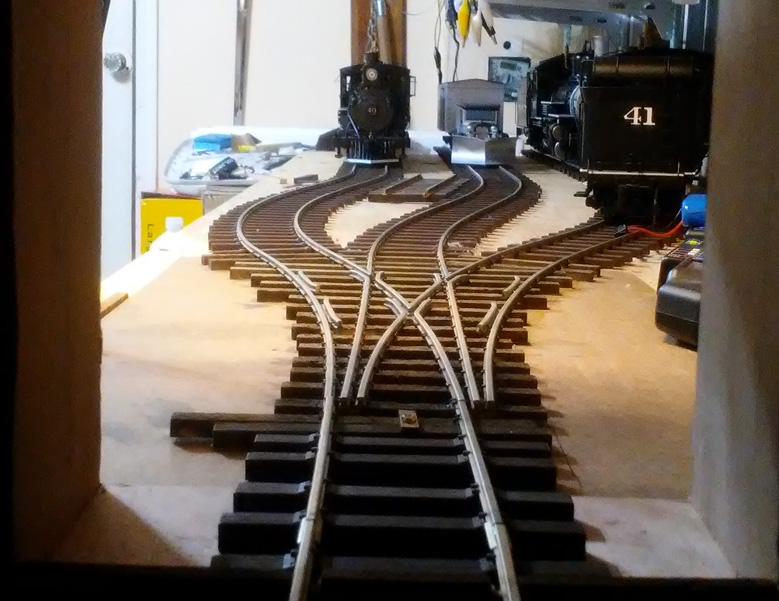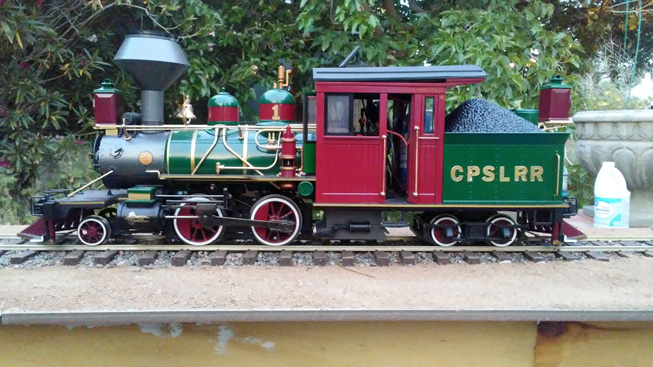Forty years ago, my brother and I were building a dual gauge HO layout, and used ready made flex track of code 70 dual gauge, code 55 dual gauge and code 40 3ft gauge. we hand laid many dual gauge code 55 turnouts and code 40 turnouts, and bought the code 70 dual gauge turnouts. We were modeling 1940's and 50's Colorado stuff. We joined a club and the club used code 83 mainline and code 70 sidings, and code 70 dual and narrow guage. Of course, certain brands of trains were NOT going to run on these codes of rail.
A few decades later we switched to 2-rail O-scale and used code 125 on the main and code 100 on the sides, and the narrow gauge was 70 and 55.
Unfortunately, many ready made narrow guage turnouts and dual gauge track are not available anymore.
Now, I am modeling in 1:20.3, and I use llagas creek code 215 on the main and code 172 on the sides made up of llagas creek ties and rail purchased from a guy in florida who extrudes his own 172 rail for his O scale trains. The 172 is just a bit loose in the ties, ( the base is about .015" too small in my opinion for a very tight fit) but it slides into the ties easier, is pretty darn good looking and quite functional. There is one short section where I have code 148 rail hand laid on a 4 ft bridge. LGB and Early Bachmann flanges run just fine on code 215. Spectrum and Accucraft run fine on code 172 and even code 148 if you make sure the medium size spikes are well seated.
Here is a pic of the entrance to the engine house from outdoors, using code 172 rail. A section of code 250 is laying there for size comparison.

And a pic of my Bachmann Forney on code 172 rail outdoors. The roof is loose 'cause I just unplugged the battery. I have since rewired the loco so that there is an on/off switch in the tender water hatch and no need to remove the roof anymore. RailPro is installed in this loco.

I like the looks of the 1930's RGS track, which was still using some 30 pound rail in places. There are compromises with going more scale of course, Like no LGB flanges and such, However, I would say that you each should model what you like, Even if it is a G scale Emily loco on code 332 track. It is YOUR layout.